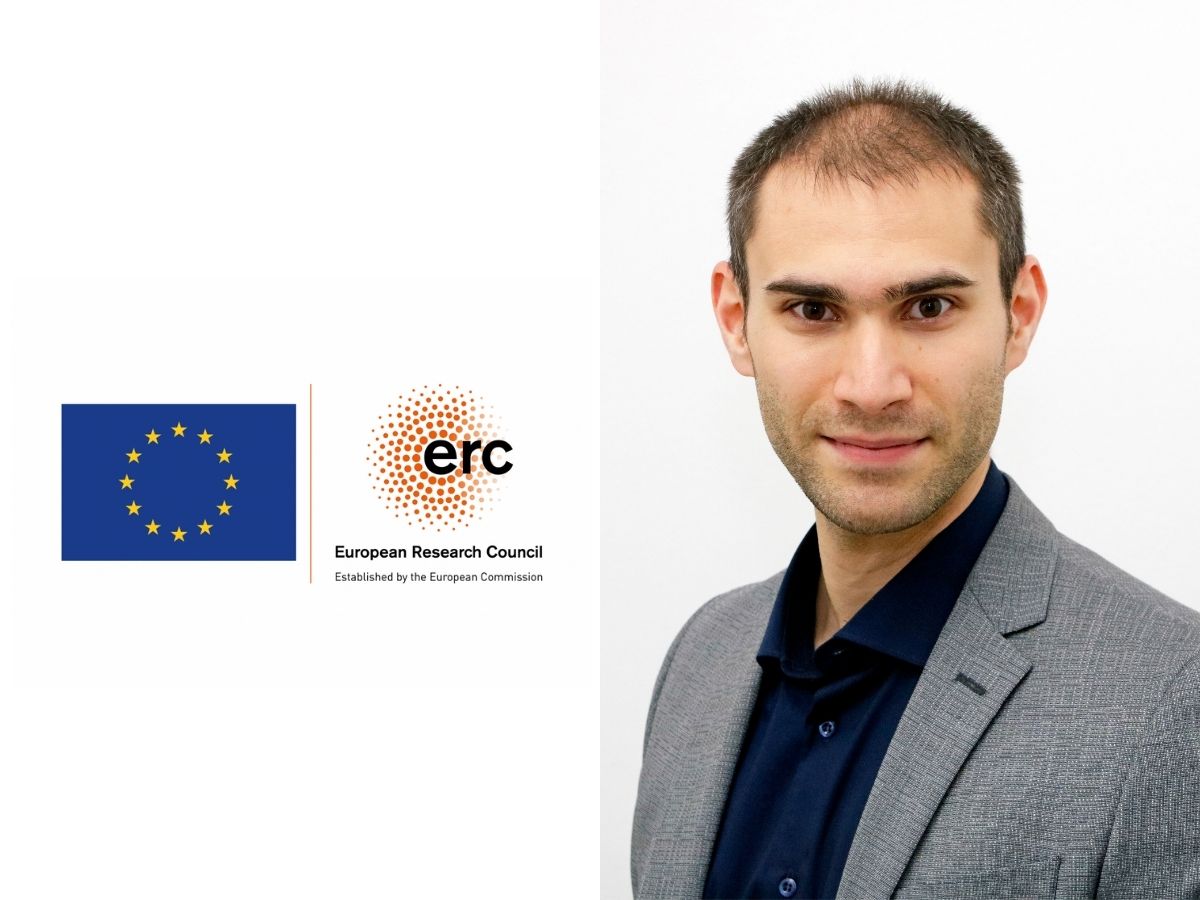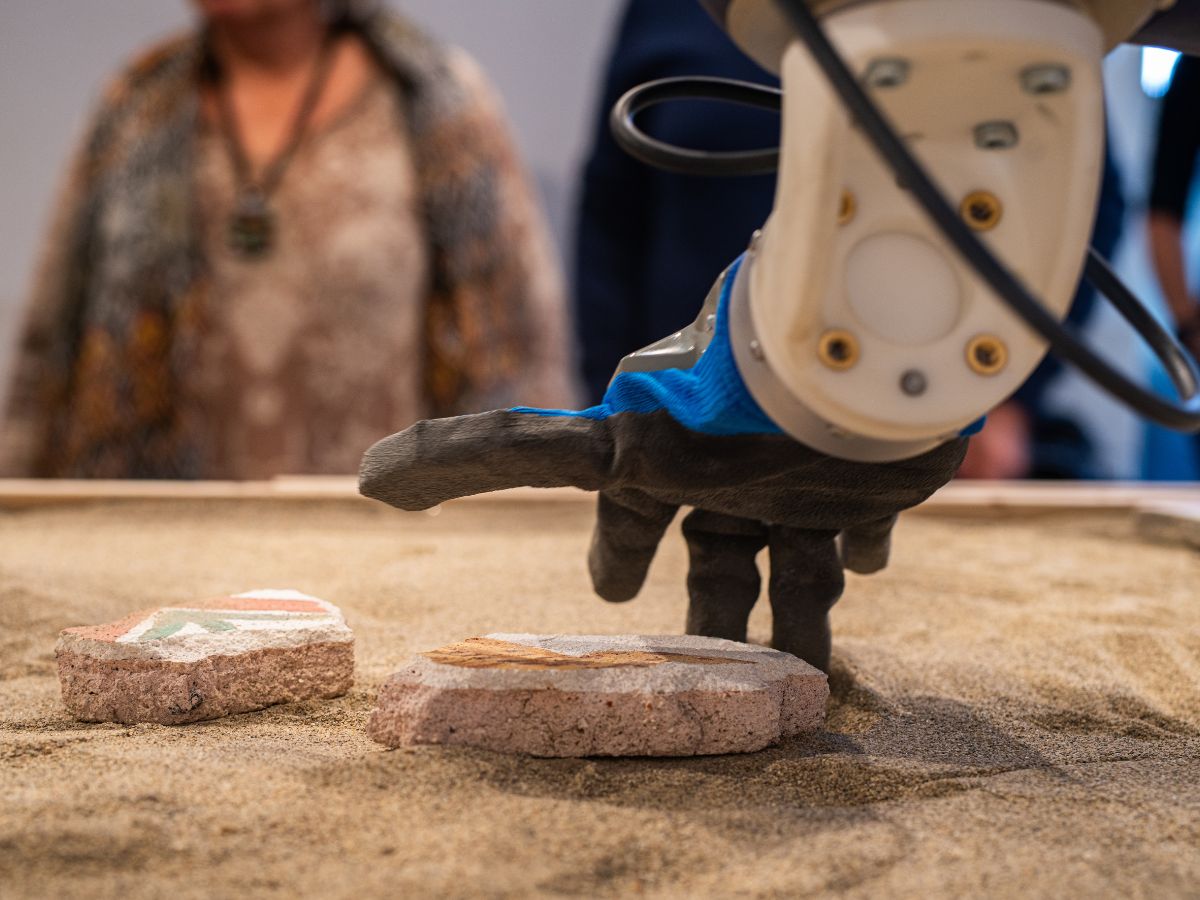Of the 28 winning projects to be developed in Italy, one is obtained by IIT researcher Daniele Cortecchia, based in Milano
Materials with thicknesses of just a few nanometres, possessing predetermined, adjustable optical properties that can be used in LED devices or in photonic platforms as more efficient, higher-performance labs on chips: this is the final objective for the project submitted to the ERC, European Research Council, by Daniele Cortecchia, researcher at IIT, Istituto Italiano di Tecnologia (Italian Institute of Technology), emerging from over 4,000 scholars in Europe. Cortecchia has been awarded finance for about 2.5 million euro, which he will be able to spend over the next five years in order to construct his own research team, purchasing laboratory equipment and working on his scientific project.
The ERC’s official announcement was disclosed today, and in Europe it involves 397 researchers at the start of their scientific career, chosen as the winners from over 4,000 proposals received, for a total investment of €619 million as part of the European Union’s new research and innovation programme, Horizon Europe. 28 projects will be performed in Italy, across 17 different universities and research centres.
Daniele Cortecchia, who graduated in industrial chemistry at the University of Bologna in 2012, emigrated to Singapore for a PhD at the Interdisciplinary Graduate School of the Nanyang Technological University. In 2017 he returned to Italy at the IIT Center for Nano Science and Technology in Milan to work in Annamaria Petrozza’s research group. In 2018 he won a Seal of Excellence in the European Marie Skłodowska-Curie Actions (MSCA) programme, and in 2020 he received a fellowship as part of the same MSCA programme for the promotion of young European talents. The grant awarded by the ERC is the most recent, highly prestigious mark of recognition for the researcher, who for years has been dedicated to the study of new materials, and, more specifically, perovskites.
Perovskites are materials with electric and optical properties of great interest in the world of science and technology. They are particularly important for use in the photovoltaic sector. Cortecchia, on the other hand, will focus on the use of perovskites in the area of photonics. More specifically, he will be concentrating on the identification of new methods of chemical synthesis that can increase their properties of electrical conductivity, luminescence and stability, making them suitable for efficient photonic devices with a high degree of variability.
Cortecchia’s approach will be “supramolecular”, in other words, based on the study of the molecular interactions that take place when inorganic materials such as perovskites come into contact with organic substances. Once identified, these interactions can be controlled in order to create a suitable chemical and physical environment in which layers of perovskites spontaneously take up an arrangement in alternation with layers of other organic materials, according to a pattern defined at the outset.
“The creation of these new materials could be compared to a sort of combination, of the type performed when playing with Lego and Geomag: we can choose atoms and molecules that can be assembled, and we can also define their positions within the various layers of the material”, as Cortecchia outlines. “Our scheme was designed in order to attain a composite material whose structure reconfigures the initial substances’ optical and energetic properties; in this way, we can add the properties typical of organic semiconductors to those of the perovskites, optimising the synergy between the two components in order to obtain a hybrid material with unique photophysical characteristics”.
In fact, the alternation of layers of different materials with different thicknesses is fundamental for exploiting quantum types of physical phenomena occurring at an atomic level, enabling the emission of light at variable wavelengths. At the same time, it makes it possible to avoid the use of polluting metals such as lead, opting for other components that are more environmentally sustainable.
Cortecchia’s project, named SUPER (SUpramolecularly engineered functional PERovskite quantum wells), involves the use of the new materials in electro-luminescent devices such as LEDs and FETs, in which light emission can be varied to a high degree.





